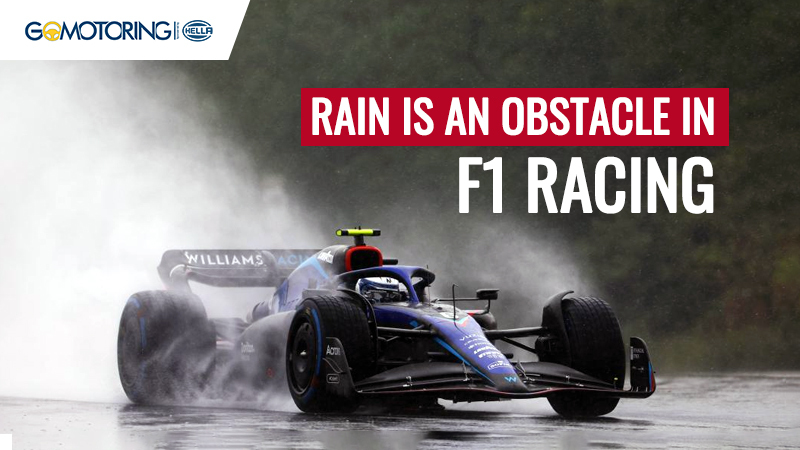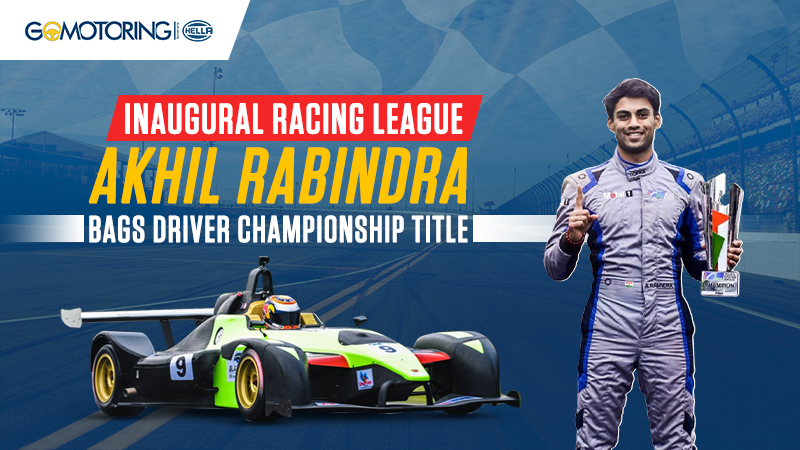F1 had great wet weather drives like AyrtonSenna in Portugal in 1985, Damon Hill at Suzuka in 1994, and Michael Schumacher in Barcelona in 1996. F1 nowadays is too risk-averse. The acceptable level of risk changes with time, and various other factors make it difficult for F1's 2022 cars in the rain.
Health and Safety
Safety is of priority in F1, and there is no sense in putting in tremendous effort in making cars safe to have the lackadaisical attitude to leave racers out in the rain. Wurz, who was in the renowned 1998 Belgian Grand Prix opening lap pile-up, said, "the sport is improving the safety without jeopardizing performance generally. But we can't ignore liabilities, laws, and difficult cases influencing society and sport."
Decades ago, fans wouldn't mind waiting for a few hours, but now attitudes have changed.
Grooves and Chemicals in Tyres
Tyres are the main elements for the car to run in the rain. Wurz explains, "Tyre manufacturers are restricted from using similar softeners, chemicals, and special oils that made the tyres unique in the 1900s and 2000s. It's a single-make tyre, and there is a cost factor, too, if you want to raise the grip. The wider tires make it easy to reduce the contact patch. Moreover, the broader grooves let the ridges fall apart.
Isola said, "We have tools that can modify the tyre, but the issue is visibility. There was a monsoon tyre in the past, but then we decided to have this type of product with a wider crossover between the wet, the slick and the intermediate. We can modify the tread pattern, and the issue is that without crossover with intermediate is even worse.
Ground effect cars
A decade ago, races took place in terrible conditions, and downforce levels have changed immensely. Switching to ground-effect cars in the wet is an essential factor in 2022.
The designs by F1 chiefs and under-floor venturi tunnels reduce airflow disturbance for cars behind by not having it near chasing cars; the spray is thrown violently upwards, affecting visibility. Wurz said, "The downforce is increasing because of comprehensive car, there is ample area to suck up, and more water (10% more) is thrown up.
Driver's Attitude
Some fans may criticize drivers as races do not happen in poor conditions; Wurz states that the attitude of racers in the cockpit is unchanged; they are happy to race if the conditions are safe enough. Drivers believe that although driving the wet is super challenging, it is fantastic. At the time of visibility loss, racers are exposed to significant risk, so a little issue can cause fatality.
It's a fantastic decision for the race director to think of safety before commercial, public, and risk pressure. We must put our effort into improving the situation and supporting the sport. We should educate the stakeholders and fans regarding the challenges racers face on the track.
Factors like car design and tyres cannot be resolved immediately, there are more ideas like the 'information laps' discussed with GPDA, and it is a small step in rapidly resolving a few of the issues F1 faces.
Want more of the world of automotive – check out the social media pages of GoMotoring. Connect anywhere, Twitter, Facebook, and Instagram.
BREAKING NEWS

Indian Supercross Racing League Set for Media Launch and Logo Unveiling
Get ready to witness the ultimate battle of speed and skill...

Formula 2 Sprint Race in Monaco: Jehan Daruvala finishes second
The Indian driver describes his Monaco Sprint Race performan...

Extend the life of your car’s brakes with effective tips
As you are already aware, brakes are a crucial aspect of con...







